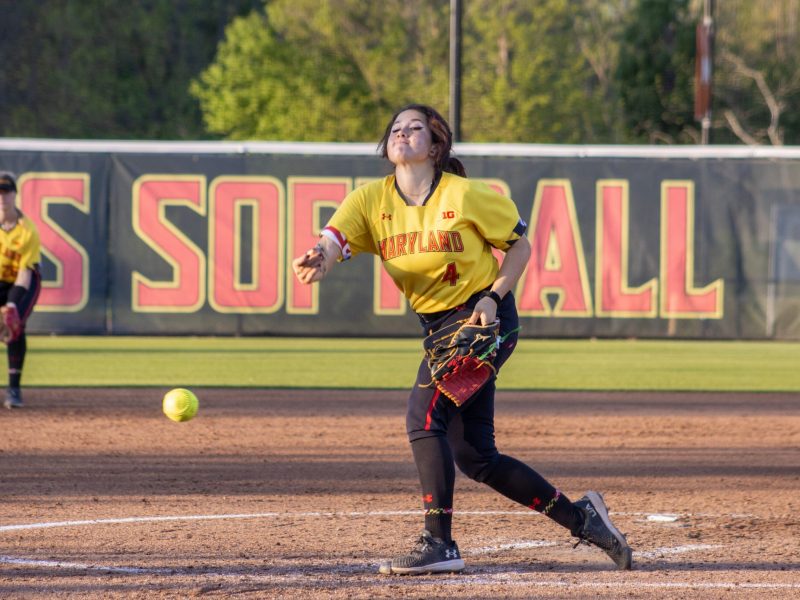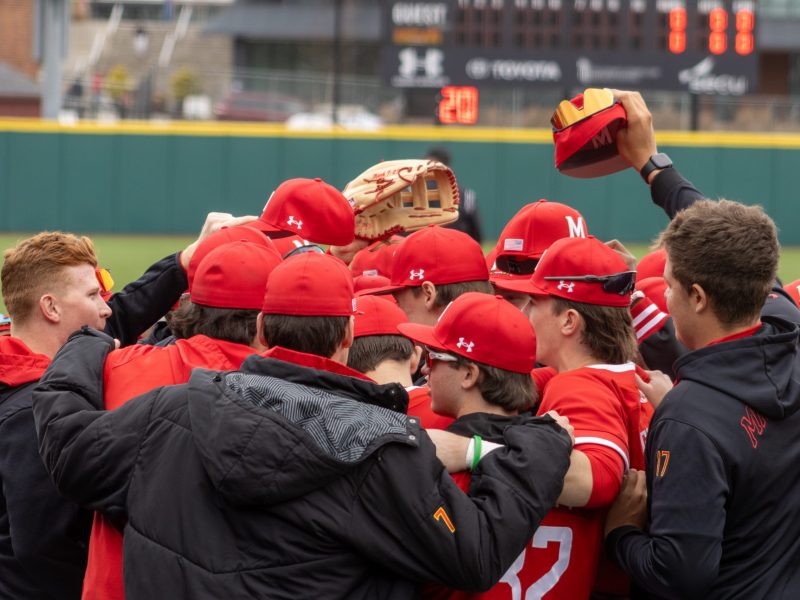Maryland men’s basketball won its second straight game Thursday night, improving to 8-3 with an 87-62 rout over Ohio. Despite the huge win, though, the Terps still have a huge turnover problem.
In its first year without Melo Trimble since 2013-14, Turgeon’s team is struggling to hold onto the ball. The Terps turned the ball over 19 times in the win over the Bobcats, and that’s only the fifth-most they’ve had in one game this season.
Through 11 games, Maryland is averaging about 17 turnovers per game; the team is last in the nation with 189 turnovers overall. The Terps are only one of two Power Five teams among the last 50 teams in turnover rate.
Drinking game: drink every time Maryland commits a turnover.*
* – Terps Watch can not be held responsible for alcohol poisoning.
— Terps Watch (@TerpsWatch) November 28, 2017
Not only is this year’s team giving the ball away more than ever, it continues the trend of Turgeon’s teams having turnover issues.
Much of the Terps’ success in recent years depended on Trimble’s play. In his freshman season, arguably his best, the team averaged only 12 turnovers per game. Since then, the team has turned the ball over more each year, and in the first year post-Melo, the turnover rate has skyrocketed.
In 2015-2016, the Terps averaged 12.9 turnovers per game; that increased to 13 last season. The rise in turnover rate this year, from 13 to 17, is the highest jump since 2012-13 — Turgeon’s second season — when the Terps went from 13.3 turnovers per game to 14.8.
We have obtained exclusive footage of Maryland’s attempts to avoid turnovers tonight pic.twitter.com/Jwq5ESIWl7
— Terps Watch (@TerpsWatch) November 25, 2017
With the sophomore trio of Anthony Cowan, Kevin Huerter and Justin Jackson taking the reins, Maryland has had success, but not efficiently enough to compete with top teams. Although those three play the most minutes on the team — about 30 per game — they also lead the team in turnovers. Cowan averages 3.0 per game, Jackson 2.9, and Huerter 2.8.
The Terps’ three losses are by a combined nine points, as closing games in the fourth quarter has also been an issue without Trimble. The team doesn’t yet have a star it can rely on to consistently take over late in games, someone who can be trusted to hold onto the ball (and make clutch shots).
March 4, 2017: Michigan State at Maryland
Melo Trimble’s final game at Xfinity Center ends in iconic fashion as Maryland gets a 63-60 win in their regular season finale. pic.twitter.com/zN42kWk1Aa
— Terps Watch (@TerpsWatch) November 8, 2017
The Terps still have time to mold together, since most of the main contributors are freshmen and sophomores. We saw flashes of potential in the win against Butler, but we haven’t really seen a complete game since. As the season goes on and the players develop more chemistry with each other, hopefully can limit turnovers and work as a team to finish off opponents.



